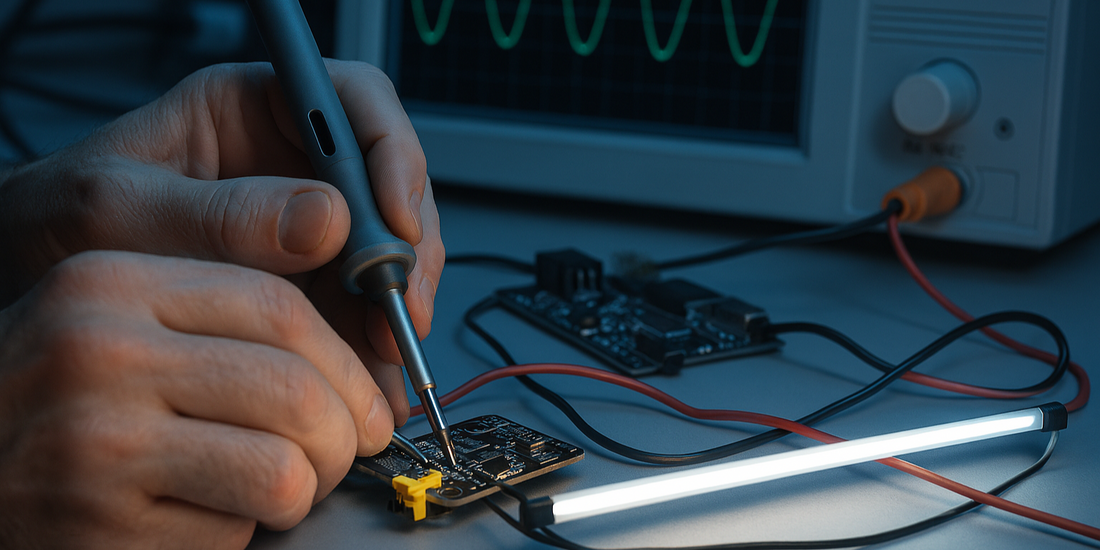
Stop the Noise: Achieve EMC in Your PCB Design
Share
Modern electronic devices are becoming faster, higher frequency, and more compact, and
are used in all aspects of our daily lives. However, this progress brings unavoidable issues
related to “electromagnetic waves.” Devices may emit electromagnetic waves that negatively affect their surroundings, or conversely, may malfunction due to noise from the environment.
That’s where EMC (Electromagnetic Compatibility) comes in.
What is EMC (Electromagnetic Compatibility)?
EMC refers to the ability of electronic devices to operate properly in an electromagnetic environment. In other words, it requires both:
- Not interfering with other devices (not emitting unnecessary electromagnetic
waves) - Operating stably without malfunctioning even in noisy environments
Two Elements of EMC
- EMI (Electromagnetic Interference):
- Unwanted electromagnetic waves emitted from your device interfere with surrounding devices.
- Examples: Causing noise in wireless communication, static in radios, distorted TV images
- EMS (Electromagnetic Susceptibility):
- Your device malfunctions due to external noise.
- Examples: Device malfunctions when a mobile phone is nearby, electronic devices reset due to lightning surges.
True EMC means striking the right balance between suppressing EMI and resisting EMS.
Key Points in EMC Design
To build devices that suppress EMI and resist EMS, consider these key areas from the start:
Wiring Design
- Control impedance for high-speed signal lines
- Ensure proper spacing between wires to avoid crosstalk
- Minimize loop area to avoid unwanted antenna effects
Ground and Power Design
- Secure a wide ground (GND) plane and keep return paths short
- Place decoupling capacitors appropriately to suppress power noise
Shielding and Filtering
- Use metal shield cases to contain high-frequency noise
- Cut unnecessary frequency components with filters (LC filters, ferrite beads)
Component Placement
- Place noise sources (clocks, switching power supplies) and sensitive circuits (analog, wireless circuits) far apart
EMC and Regulatory Testing
To market electronic devices, you must clear EMC standards set by each country or region:
- CISPR (Comité International Spécial des Perturbations Radioélectriques or International Special Committee on Radio Interference)
- FCC (USA)
- CE marking (EMC directive) (Europe)
- VCCI (Voluntary Control Council for Interference by Information Technology Equipment – Japan)
Products cannot be sold unless they pass these tests, so EMC is not just a design know-how but a business necessity.
Is Your PCB Design Production-Ready?
EMC isn’t just good engineering—it’s a business requirement. From trace layout and grounding to shielding and filtering, every design choice impacts your device’s ability to suppress EMI and resist EMS.
Upload your files here, and our team will review them to ensure your board meets EMC standards and is ready for smooth regulatory approval.
